the Best Street Food in Asia
Introduction
Street food is an essential part of Asia’s vibrant culinary culture. From sizzling skewers to savory soups, the diverse and unique flavors available in every corner of the continent make it a must-try for food lovers. But with so many options, how can you pinpoint the best street food in Asia? Let’s embark on a flavorful journey to uncover the must-try dishes across different countries in Asia.
Section 1: Top Street Food in Southeast Asia
Southeast Asia is a hotbed of street food culture, where vibrant flavors and cooking techniques vary widely from country to country. Each dish tells a story of its nation’s history and local traditions. Let’s explore some of the best street food in Southeast Asia that are a must-try for any food lover.
Thailand: Pad Thai and Som Tum (Papa
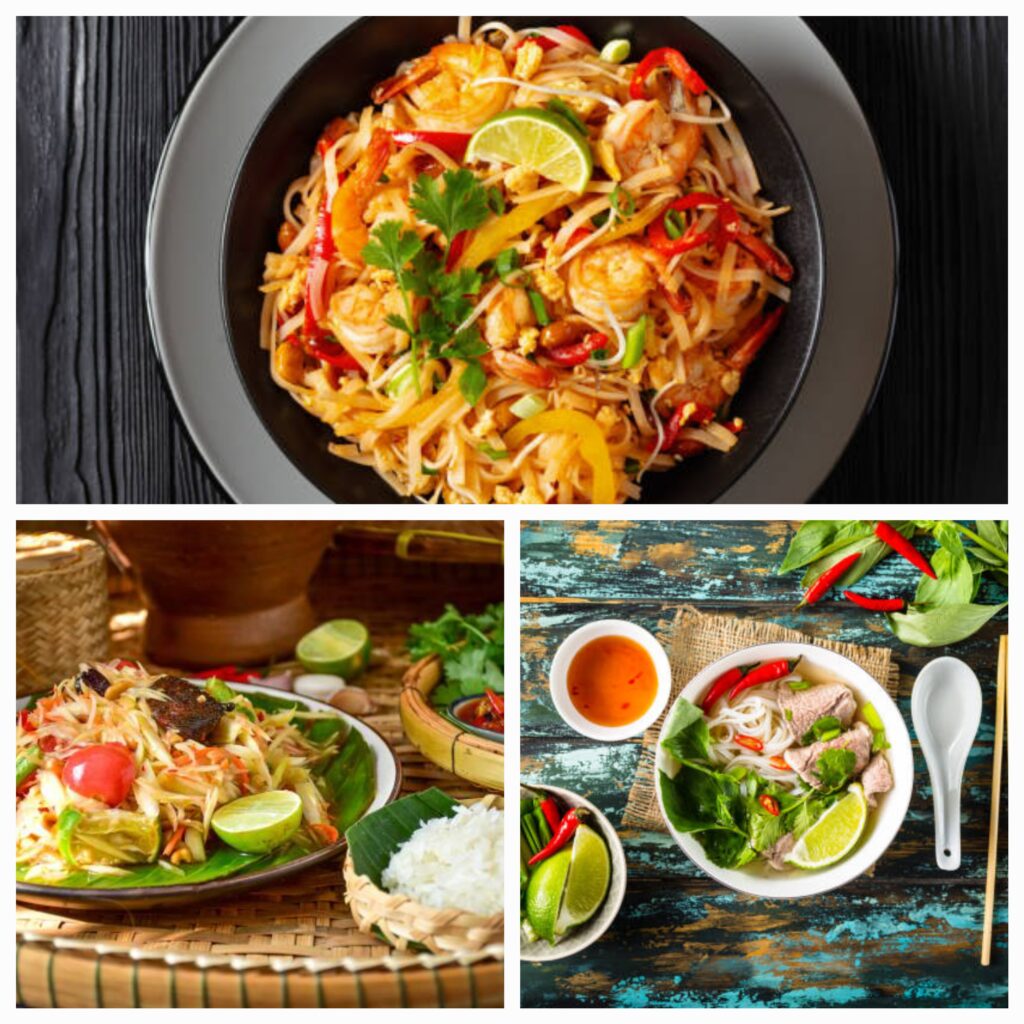
Pad Thai, Thailand’s iconic stir-fried noodle dish, combines the perfect balance of sweet, sour, salty, and savory flavors. Often served with crunchy peanuts, fresh lime, and your choice of protein, this dish is a global favorite. Som Tum, a zesty papaya salad, offers an explosion of flavors with its mix of lime, fish sauce, chilies, and peanuts. It’s a refreshing, spicy dish that pairs wonderfully with Pad Thai.
Vietnam: Pho and Bánh Mì

Vietnam’s Pho, a fragrant noodle soup served with aromatic herbs and thinly sliced beef or chicken, is an iconic street food that represents the heart of Vietnamese cuisine. Every bowl is a perfect balance of flavors, with a rich broth that’s simmered for hours. Bánh Mì, the Vietnamese sandwich, is a fusion of French and Vietnamese culinary traditions, featuring a crispy baguette filled with savory meats, pickled vegetables, cilantro, and a dash of spicy chili.
Malaysia: Satay and Nasi Lemak

In Malaysia, Satay, skewered and grilled meats served with a rich, savory peanut sauce, is a street food staple that’s both delicious and satisfying. Nasi Lemak, Malaysia’s unofficial national dish, features coconut milk-infused rice served with a variety of toppings, including fried anchovies, peanuts, hard-boiled eggs, cucumber, and a spicy sambal sauce.
Indonesia: Nasi Goreng and Sate
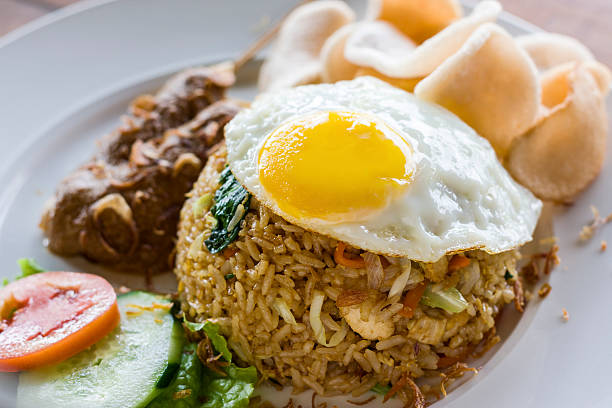
Indonesia’s Nasi Goreng, a flavorful fried rice dish, is often topped with a fried egg and accompanied by a variety of meats and vegetables. It’s a hearty, comforting meal perfect for any time of day. Another popular street food, Sate (Indonesian-style skewers), is made with marinated meat, grilled to perfection, and served with a savory peanut sauce. Both dishes reflect the depth of Indonesian culinary tradition.
Singapore: Hainanese Chicken Rice and Laksa
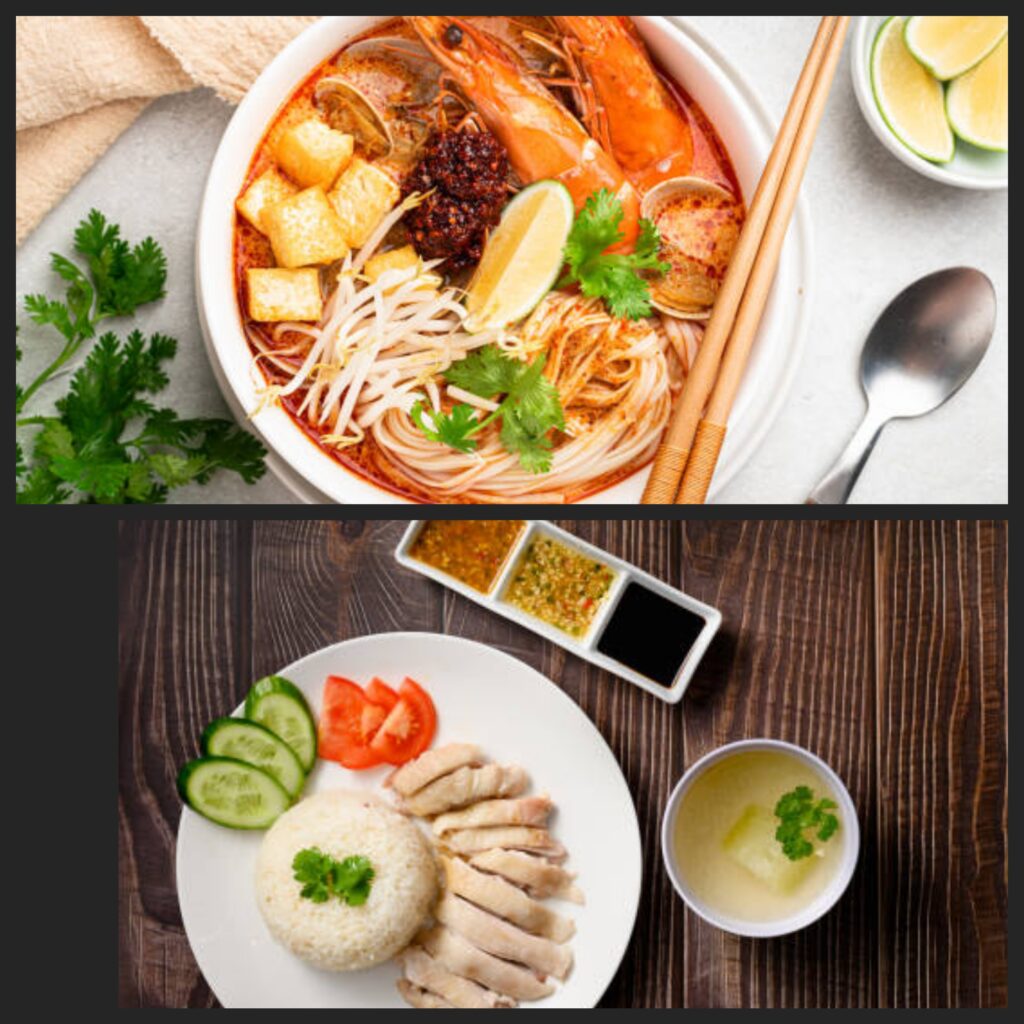
Singapore’s Hainanese Chicken Rice is a deceptively simple yet incredibly flavorful dish. Tender poached chicken is served with fragrant rice cooked in chicken fat, accompanied by chili sauce and a ginger paste. Meanwhile, Laksa, a spicy noodle soup with a rich coconut milk base, is a true reflection of Singapore’s multicultural heritage, with influences from both Malay and Chinese cuisines.
Section 2: Must-Try Street Food in East Asia
From the neon-lit streets of Tokyo to the vibrant night markets of Taiwan, East Asia is home to some of the most celebrated and mouthwatering street food in the world. Whether you’re grabbing a quick bite on your way to work or indulging in a late-night snack, the variety and flavors will leave you craving more.
Japan: Takoyaki and Okonomiyaki
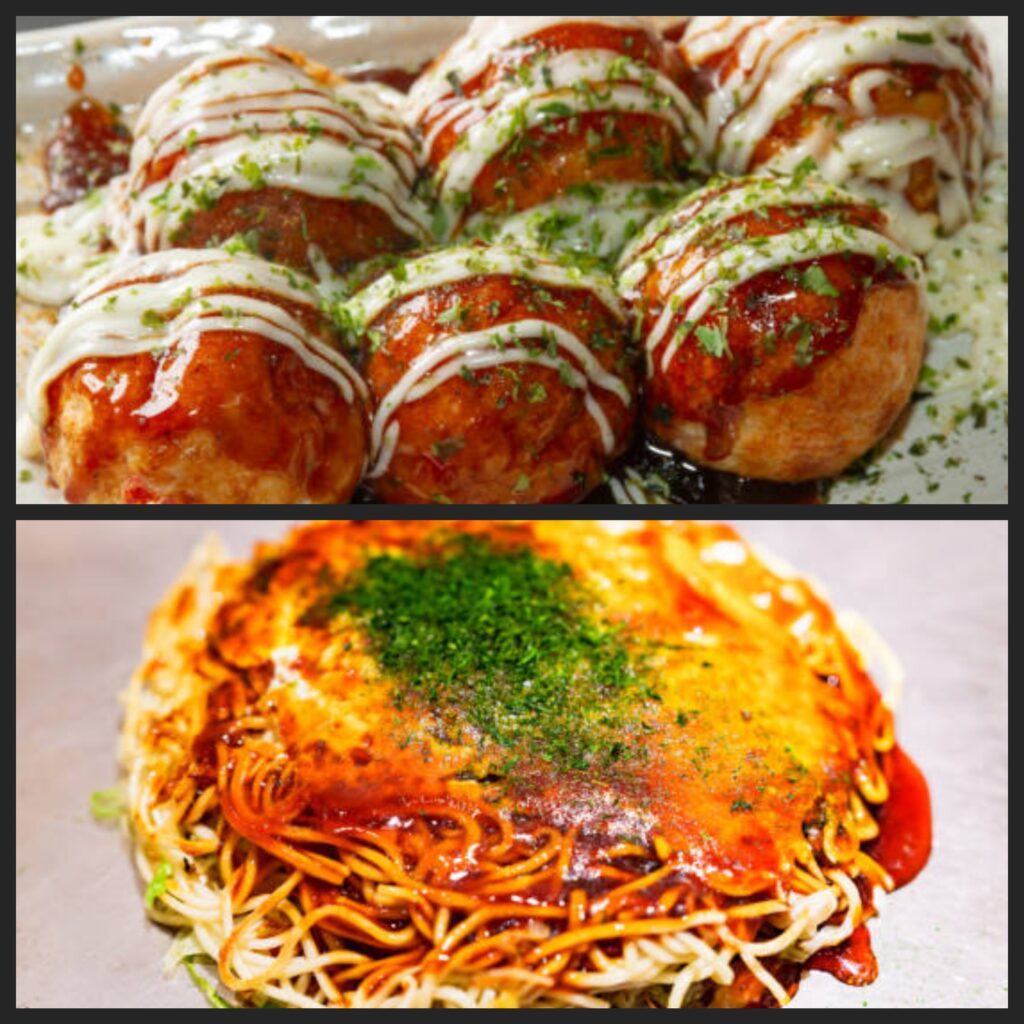
In Japan, Takoyaki (octopus-filled dough balls) are a beloved street food, crispy on the outside and soft on the inside. These bite-sized delights are drizzled with savory takoyaki sauce and topped with bonito flakes that dance in the heat. Another iconic dish is Okonomiyaki, a savory pancake made with cabbage, meat, seafood, and a tangy sauce. It’s often enjoyed as a hearty, customizable snack or meal and is a popular food to try at street stalls in Osaka.
South Korea: Tteokbokki and Hotteok
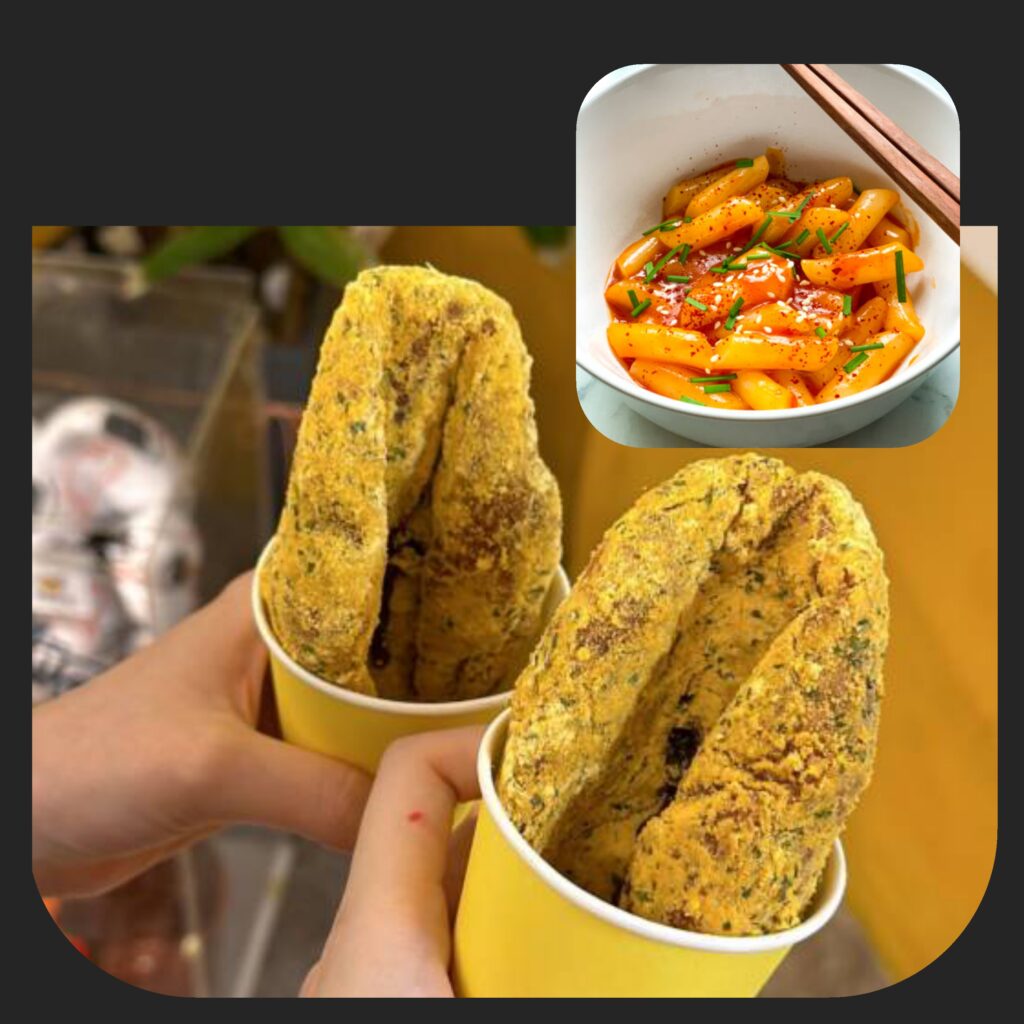
Tteokbokki, spicy rice cakes drenched in a savory-sweet sauce, is a street food favorite in South Korea. This dish is known for its chewy texture and fiery flavor, often served with fish cakes and boiled eggs. Hotteok, a type of filled Korean pancake, is sweet, crispy on the outside, and gooey on the inside, filled with brown sugar, cinnamon, and nuts. These warm treats are especially popular during the cold winter months.
Taiwan: Bubble Tea and Lu Rou Fan (Braised Pork Rice)
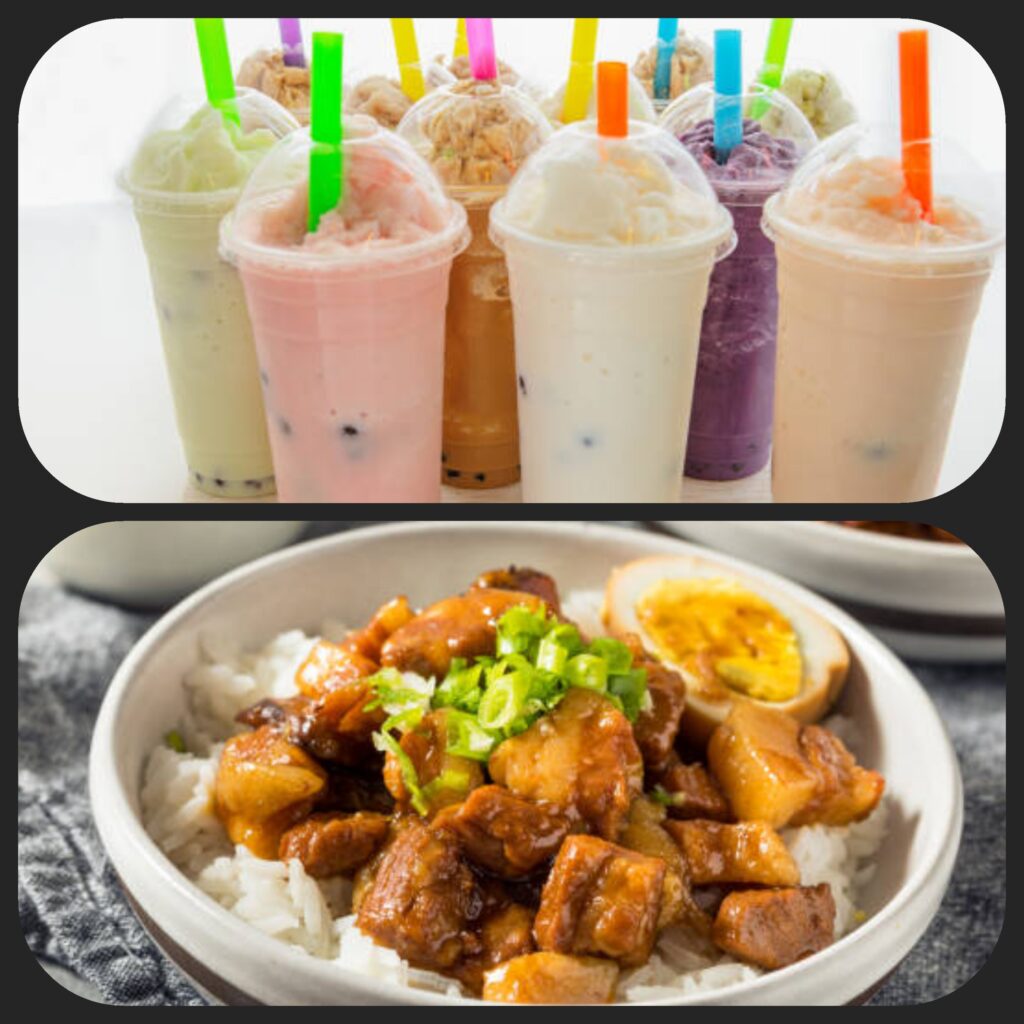
Taiwan is the birthplace of the internationally beloved Bubble Tea, also known as boba tea. This refreshing beverage combines tea with chewy tapioca pearls, available in a wide variety of flavors, from classic milk tea to fruity concoctions. Lu Rou Fan, or braised pork rice, is another must-try Taiwanese dish. It features tender, slow-braised pork served over steamed rice, accompanied by a deliciously fragrant soy-based sauce that has just the right balance of sweet and savory.
China: Jianbing and Baozi

China’s Jianbing is a popular street food, often enjoyed for breakfast. This savory pancake is filled with egg, herbs, and a variety of fillings such as sausage, crispy crackers, and hoisin sauce. It’s served warm, making it the perfect on-the-go meal. Another Chinese street food favorite is Baozi, steamed buns filled with everything from pork to vegetables. These soft, pillowy buns are packed with flavor and are perfect for a quick snack or a satisfying meal.
Section 3: Street Food Delights in South Asia
In the bustling streets of South Asia, food is far more than a mere meal—it’s a symphony of flavors, an intricate dance of spices, and a rich tapestry of textures that define the region’s culinary identity. Every corner of South Asia offers a tantalizing glimpse into its history and culture through the food it serves. From crisp, spicy bites to indulgent, savory stews, the street food of South Asia is a delightful adventure for the senses. Let’s dive into some of the most unforgettable street food experiences this vibrant region has to offer.
India: Pani Puri and Chaat
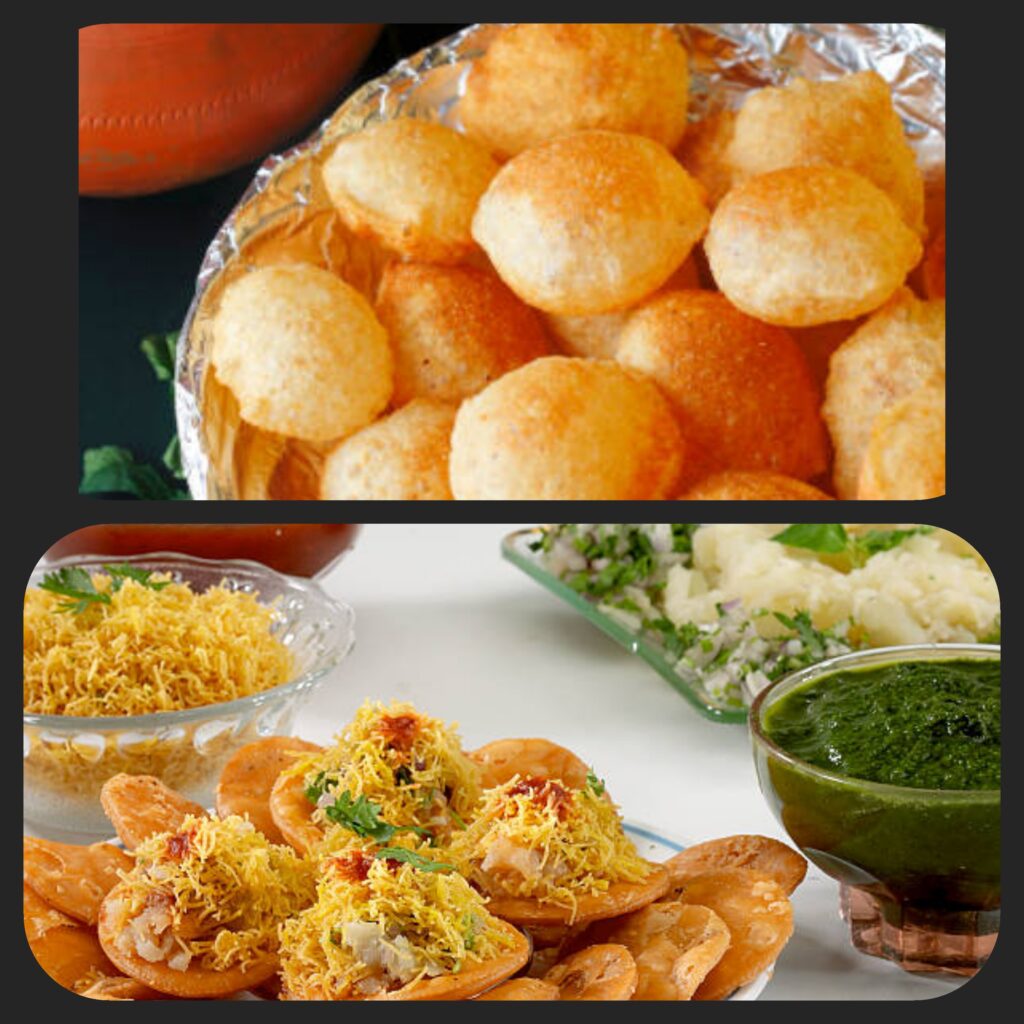
India’s street food scene is a dynamic, ever-evolving spectacle of flavors—and at its heart lies the iconic Pani Puri. Also known as Golgappa in the north and Puchka in the east, these delicate, hollow puris, crispy and light, burst with flavors that range from the tangy tamarind water to the spicy chutneys and soft chickpeas that fill them. Each puri offers a delightful contradiction of textures—crunchy, creamy, spicy, and sweet—encapsulating the essence of Indian street food in one bite. Alongside this marvel stands Chaat, an entire universe of street snacks that play with contrasts in every form. Bhel Puri, Dahi Puri, and Aloo Tikki—each variant serves up layers of crunch, heat, creaminess, and sweetness that make them irresistible at any hour of the day.
Pakistan: Bun Kebab and Samosas
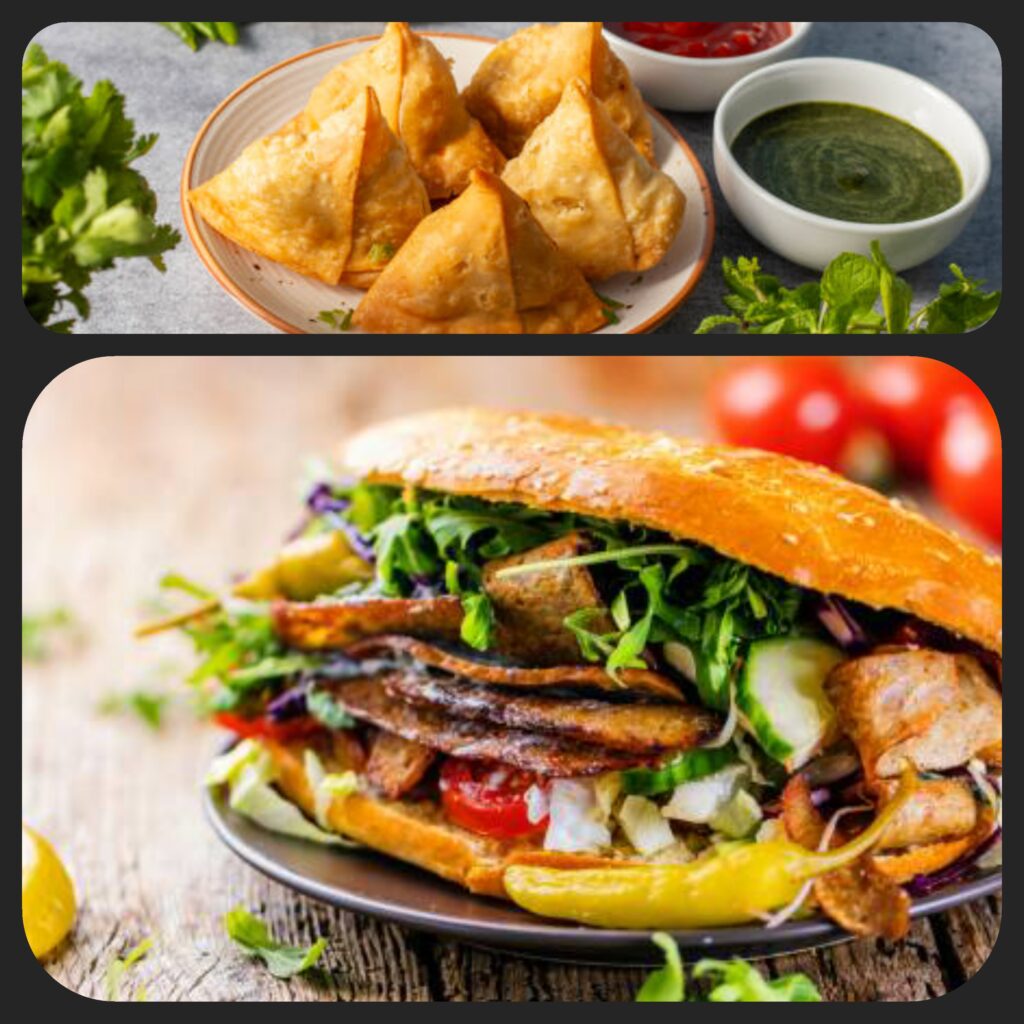
In Pakistan, street food is an affair of deep flavors and bold spices, and Bun Kebab leads the charge. Imagine a succulent, spiced beef or chicken patty, nestled between a soft, pillowy bun, all kissed by the richness of chutney or creamy sauce. This humble sandwich is a reinvention of the classic burger—only far more vibrant, more daring, and packed with flavor. And then there are the Samosas. These golden, deep-fried triangles of crispy pastry hide a spiced treasure within—spiced potatoes, peas, and meat, all melding together in an unforgettable burst of savory goodness. Crunchy on the outside, savory on the inside, samosas are the quintessential street snack, offering a bite-sized journey into the heart of South Asian flavor.
Bangladesh: Fuchka and Bhuna Khichuri
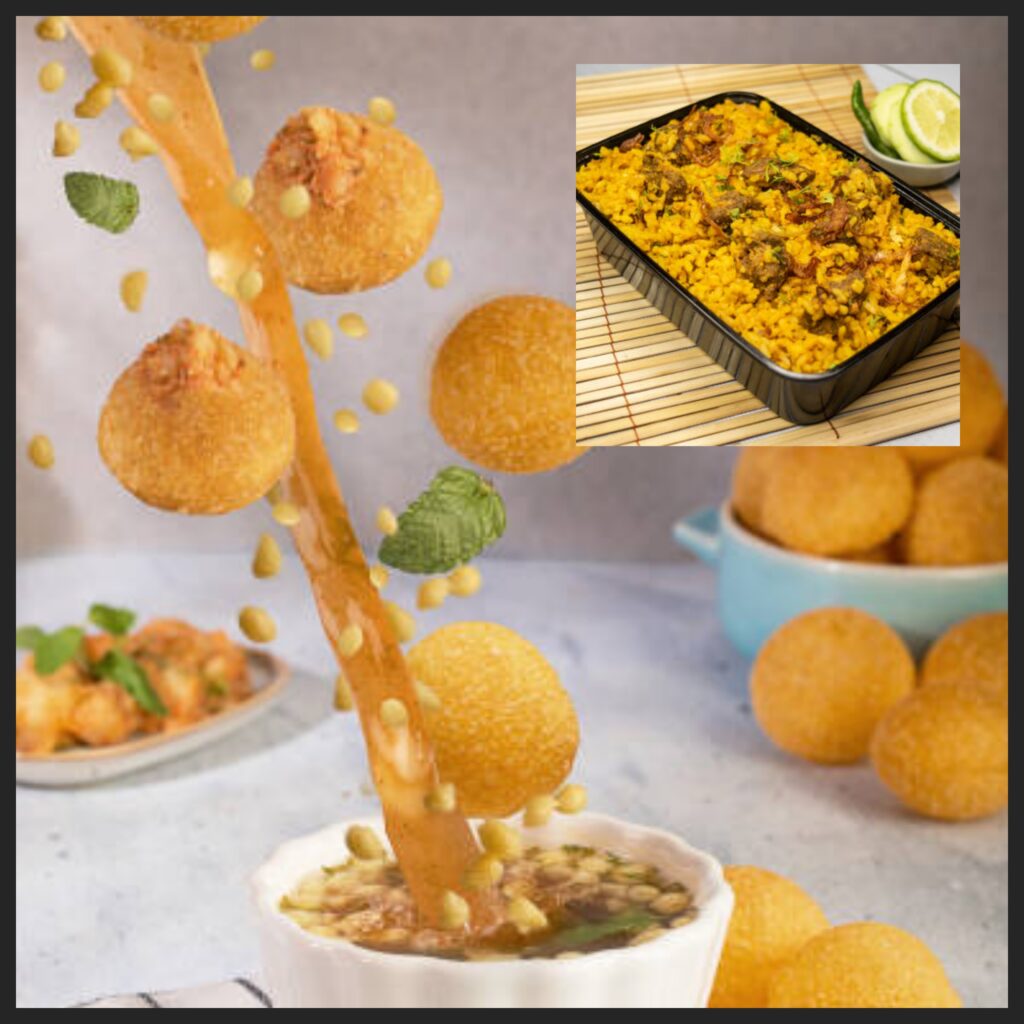
In Bangladesh, the street food scene is a story of complexity in simplicity. Fuchka, akin to India’s Pani Puri, are small, crispy puris filled with tamarind water, potatoes, and chickpeas—a playful explosion of sour, spicy, and sweet that dances on your tongue. It’s street food that’s as much about the experience as it is about the flavors. Bhuna Khichuri, on the other hand, is a dish that embraces comfort and depth. Rice and lentils, infused with spices and paired with spicy curry—beef or chicken—create a warm, hearty dish that’s perfect for monsoon days or any time you’re craving something rich and fulfilling.
Section 4: Why Street Food is a Cultural Experience
Street food, especially in South Asia, is not just about satiating hunger—it’s a doorway to the cultural soul of a place. Each bite is a tangible connection to the region’s traditions, stories, and community. As you stroll through vibrant markets and bustling streets, you’re not just tasting food; you’re absorbing the essence of the people who’ve spent years, sometimes generations, perfecting their craft.
Every dish, from the savory aromas of a Pho in Vietnam to the sizzling sounds of a hot Jianbing on a Beijing street, carries the weight of history. It’s a reflection of local agriculture, the blend of regional spices, and the everyday rhythms of life. The art of street food is often passed down through generations, each vendor perfecting their recipes until they become iconic representations of their culture.
Moreover, street food offers an unparalleled sensory experience—one that goes beyond just the act of eating. The heat of the pan, the sizzle of fresh ingredients, the rush of scents filling the air—these are not just meals; they are celebrations. You are not merely an observer; you’re part of a shared moment, a communal celebration that transcends the transaction of food. Street food vendors, often family-owned, invite you into their world, letting you witness the magic firsthand.
The beauty lies in its authenticity. It’s raw, unrefined, and at times chaotic. It’s the epitome of unpretentious cooking where skill, passion, and experience collide. You watch the ingredients come together, feel the rush of energy in the air, and hear the sounds of sizzling, flipping, and stirring as meals are crafted right before your eyes. It’s a visceral, immersive experience that heightens every sense and turns eating into something much deeper.
Conclusion:
Street food in Asia is a gateway—a gateway to culture, history, and a wealth of experiences. From the chaotic streets of Bangkok to the glowing lantern-lit stalls of Taiwan, every bite holds the power to transform your understanding of a place. Whether you’re sinking your teeth into the bold flavors of India, the spicy notes of South Korea, or the fresh simplicity of Singapore, you are embarking on more than just a culinary journey. You are stepping into the heart of Asia, where food is not just a necessity, but a cultural celebration. So, what are you waiting for? Let your taste buds lead the way—embark on a street food adventure that will stay with you long after the last bite.

